In a world that often rushes forward, some icons transcend time, embodying not only functionality but a rich tapestry of memories and style. The Vespa scooter is one such emblem—a symbol that carries the spirit of post-war resilience, the charm of classic design, and the allure of timeless elegance. Today, we take a nostalgic ride through its fascinating history, remarkable design evolution, and the indelible mark it has left on popular culture and personal memories around the globe.
The Birth of Vespa: A Post-War Necessity
Following the devastation of World War II, Italy found itself in dire need of a practical and affordable means of transportation. Amidst this backdrop of economic recovery and innovation, the idea of a sleek, efficient two-wheeler was born. Conceived in 1946 by Piaggio, the Vespa scooter was designed to meet the urgent demand for mobility. The original Vespa 98 rolled off the assembly line, captivating the public with its striking design and promise of freedom.
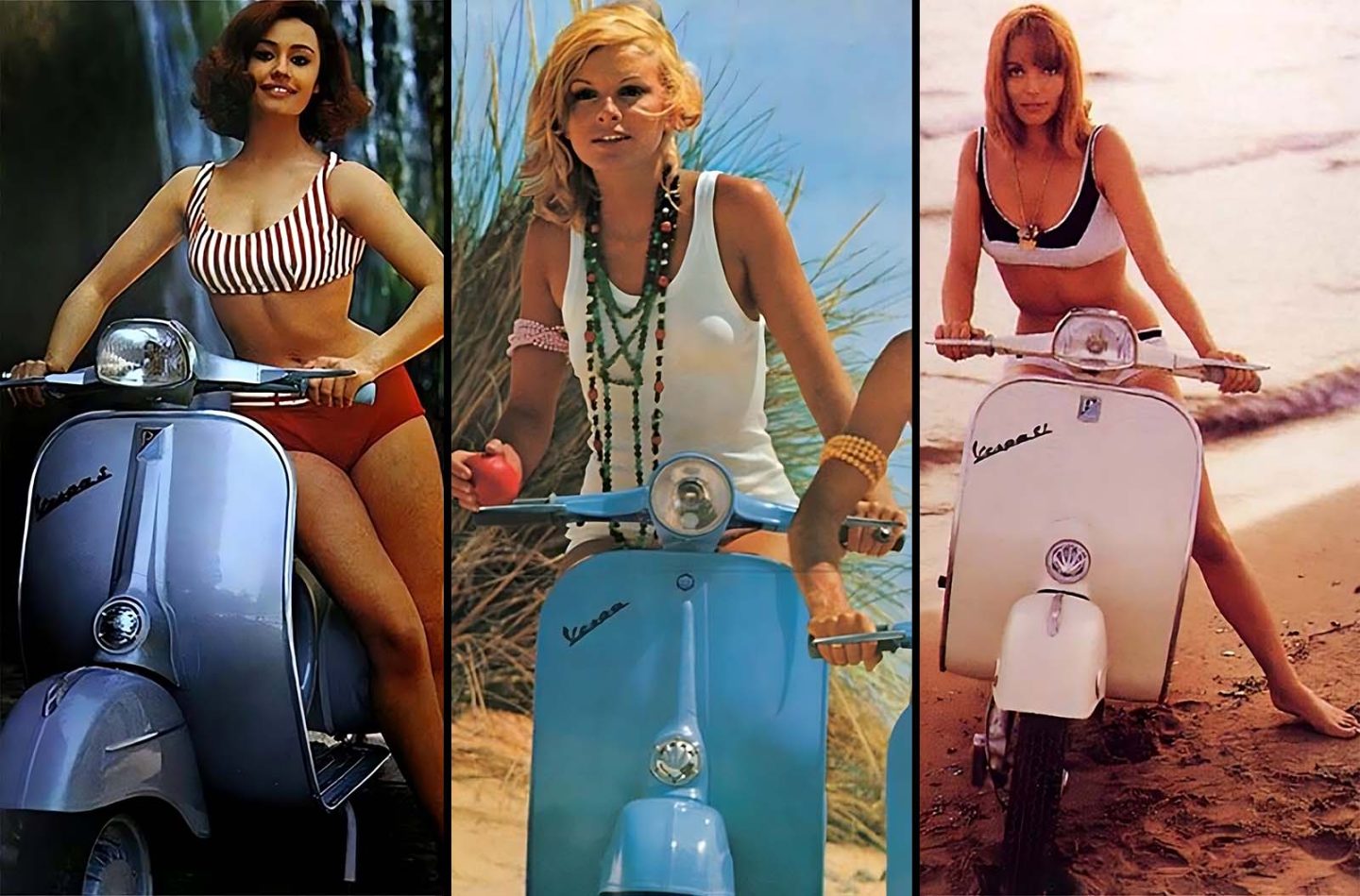
This period was not only about rebuilding cities and lives—it was about rediscovering hope and a renewed sense of style. The Vespa quickly became more than just a machine; it evolved into a cultural icon that represented ingenuity, reliability, and a fresh start for a nation eager to move forward.
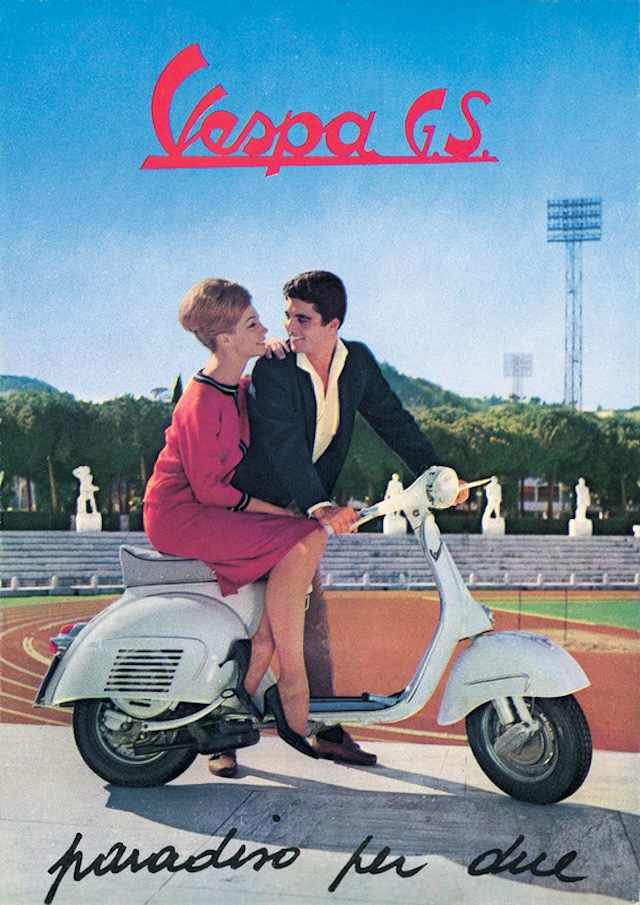
Video
Watch the video to see a vintage commercial for the Vespa 50cc – a true classic in motion!
A Journey Through Design: From MP5 to MP6
The Vespa story is as much about design evolution as it is about engineering prowess. Initially, Piaggio’s engineers developed a motorcycle known as the MP5, affectionately nicknamed “Paperino” (Italian for “Donald Duck”). Despite its innovative bodywork that fully enclosed the drivetrain, the MP5 had its shortcomings—most notably, a tall central section that compromised both aesthetics and practicality.
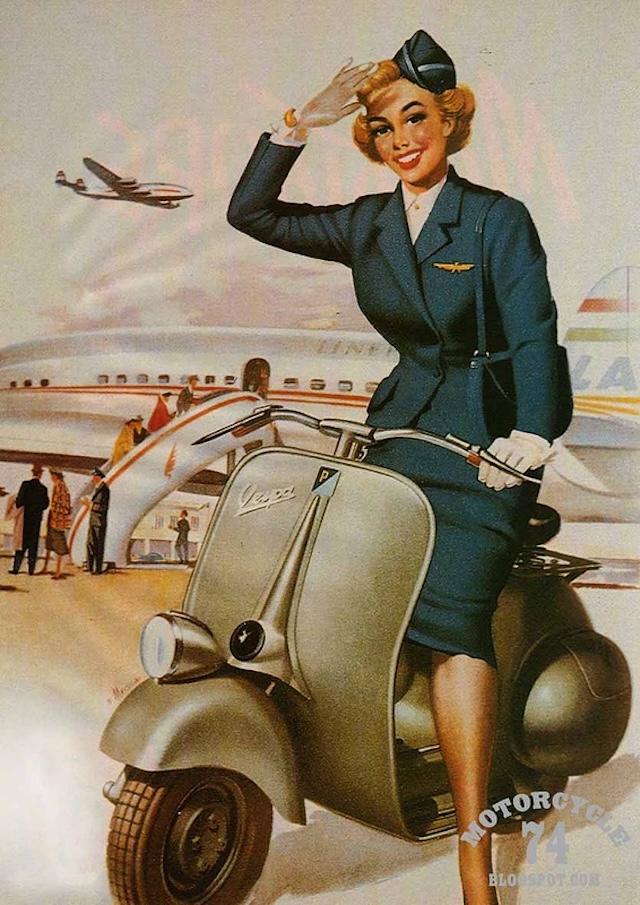
Realizing the need for refinement, Piaggio turned to Corradino D’Ascanio, an aeronautical engineer whose fresh perspective would redefine the future of personal mobility. D’Ascanio was known for his disdain for conventional motorcycles, viewing them as clunky and impractical. His vision led to the creation of the MP6 prototype, where the engine was ingeniously positioned beside the rear wheel. This clever adjustment not only eliminated the messy drive chain but also paved the way for a sleeker, more accessible design.
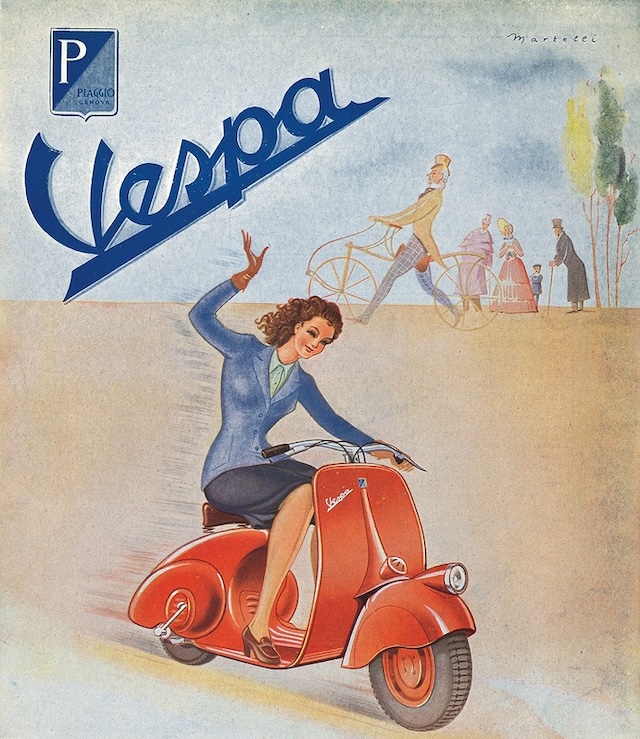
The MP6 introduced several groundbreaking features, such as a unit spar frame with stress-bearing steel panels, handlebar-mounted controls, and an enclosed body that provided both protection and style. This innovative step-through design marked the true birth of the Vespa as we know it—a blend of form and function that set new standards in scooter design.
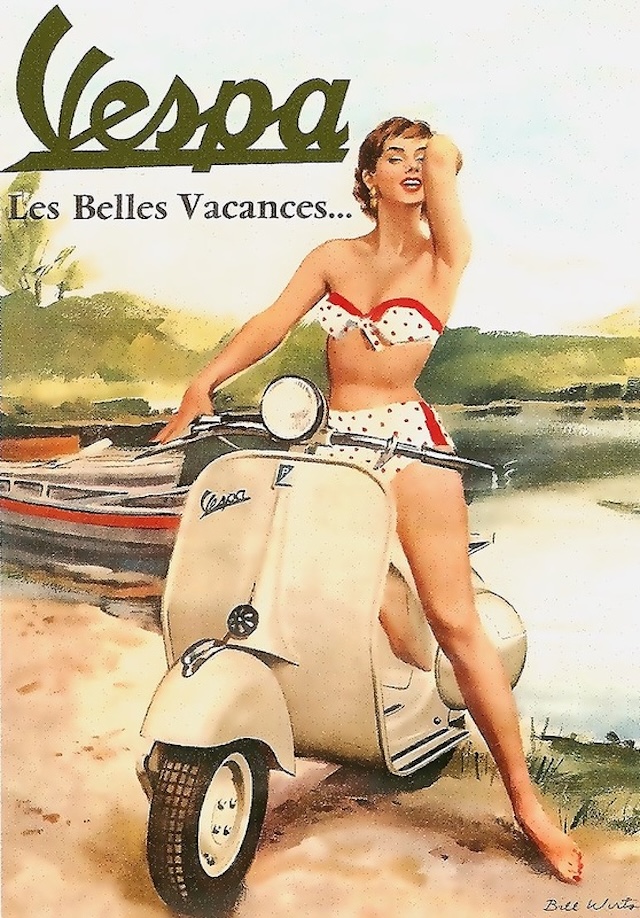
Official Patent and the Birth of a Legend
In April 1946, Piaggio filed a patent for the Vespa scooter design. The application described a practical motorcycle with well-placed components and an integrated frame that combined mudguards and an engine cowling to protect vital working parts. This revolutionary concept was not just a technical achievement; it was a declaration of intent. The design promised a machine that offered both comfort and a touch of elegance, a stark contrast to the bulky motorcycles of that era.
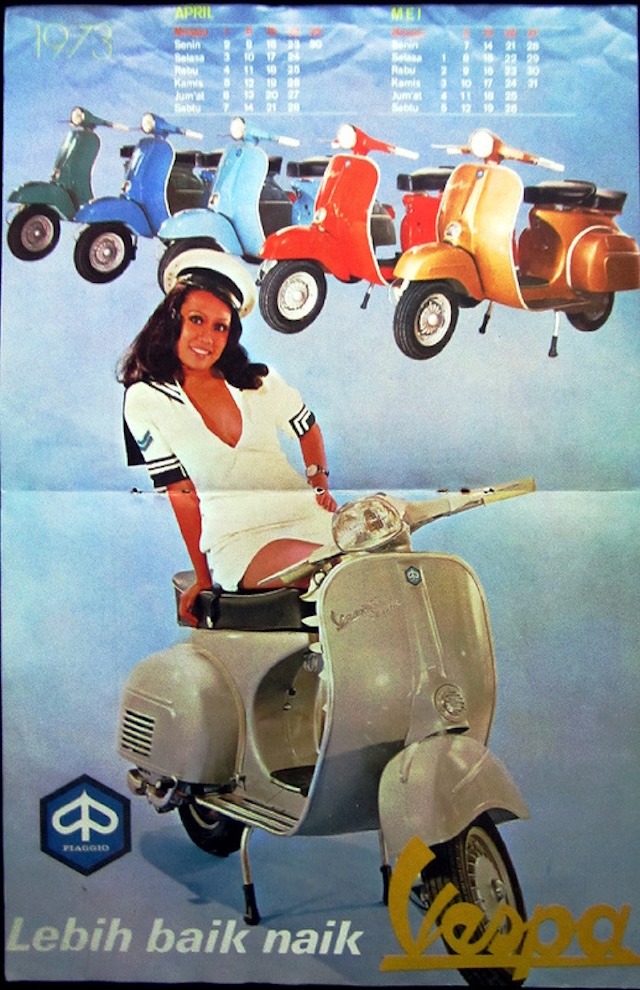
The patent was approved in December of the same year, cementing Vespa’s status as a true pioneer in the world of transportation. The distinctive design, which ingeniously merged protective features with a stylish silhouette, resonated with a generation that was eager for modernity and convenience. Vespa quickly became synonymous with quality and innovation, establishing a legacy that would continue to inspire designers and engineers for decades to come.
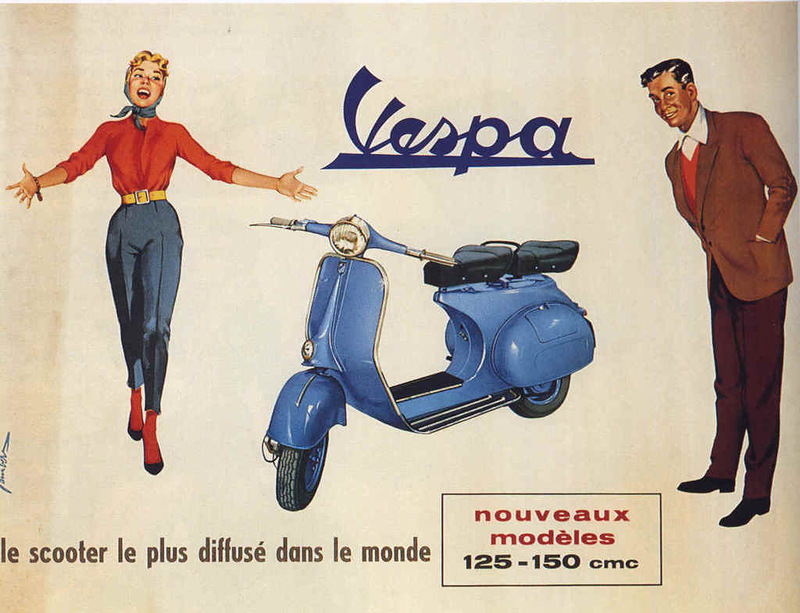
Vespa’s Commercial Triumph and Hollywood Magic
The magic of Vespa was not confined to its engineering and design—it also thrived in the realm of commerce and popular culture. Sales numbers surged as the scooter gained widespread popularity: approximately 2,500 units were sold in 1947, over 10,000 in 1948, and by 1950, the sales figures had soared past 60,000. But what truly catapulted Vespa into global stardom was its appearance in the silver screen.
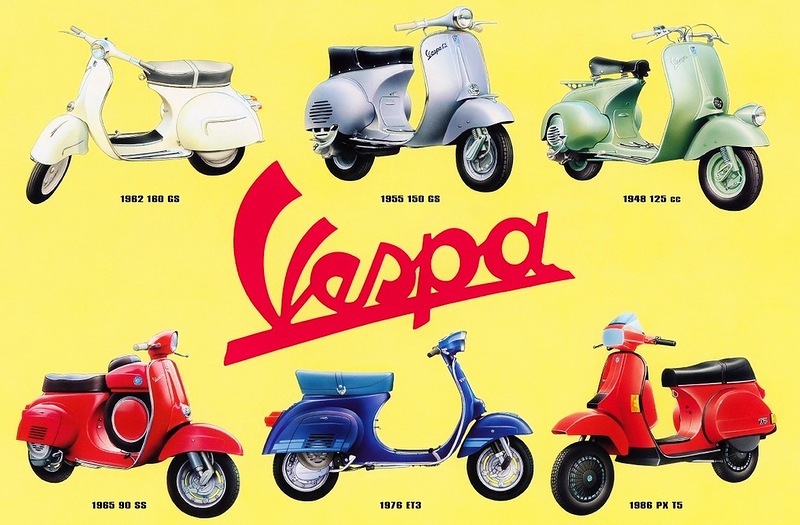
In 1952, the classic film “Roman Holiday” featured Audrey Hepburn and Gregory Peck on a Vespa, transforming the humble scooter into a symbol of romance and adventure. This cinematic moment not only captured the hearts of millions but also drove sales dramatically—over 100,000 scooters were sold following the movie’s release. The film’s influence highlighted Vespa’s unique ability to merge practicality with aspirational glamour, reinforcing its status as a cultural icon.
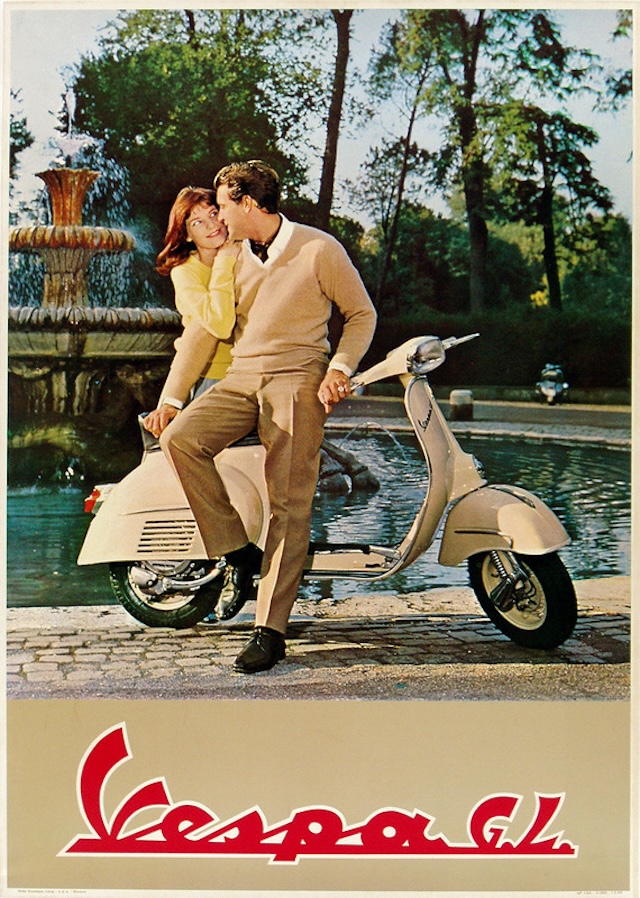
Vespa and the Glamour of Celebrities
Vespa’s allure extended beyond the realms of everyday commuters and moviegoers—it became a favorite among the glitterati. From John Wayne, who famously traded his horse for a Vespa on film sets, to legends like Marlon Brando and Dean Martin, the scooter captured the imagination of Hollywood’s elite. Its presence in films and on the streets of glamorous cities elevated Vespa to a status that transcended its functional origins.
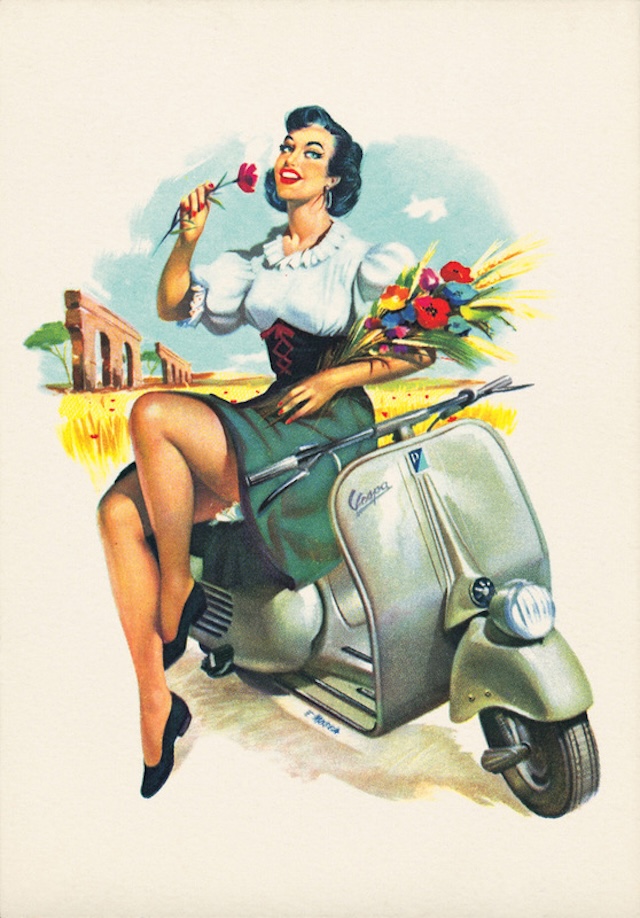
Celebrities embraced Vespa not only for its design but for the lifestyle it represented—a perfect blend of elegance, freedom, and a touch of rebellious spirit. In a time when every detail mattered, owning a Vespa was a declaration of style and an homage to the beauty of simplicity. The scooter’s association with beloved stars created a narrative that intertwined personal memories with a broader cultural significance, making it a symbol of the golden era of cinema and style.

A Global Legacy and an Enduring Community
By the mid-1950s, Vespa had evolved from an Italian invention to a global phenomenon. The scooter was produced under license in countries such as Germany, the United Kingdom, France, Belgium, and Spain. Its international appeal only grew as manufacturing expanded to new markets in India, Brazil, and Indonesia during the 1960s. With each new market, Vespa not only transported people but also carried a piece of its storied past into diverse cultures and communities.
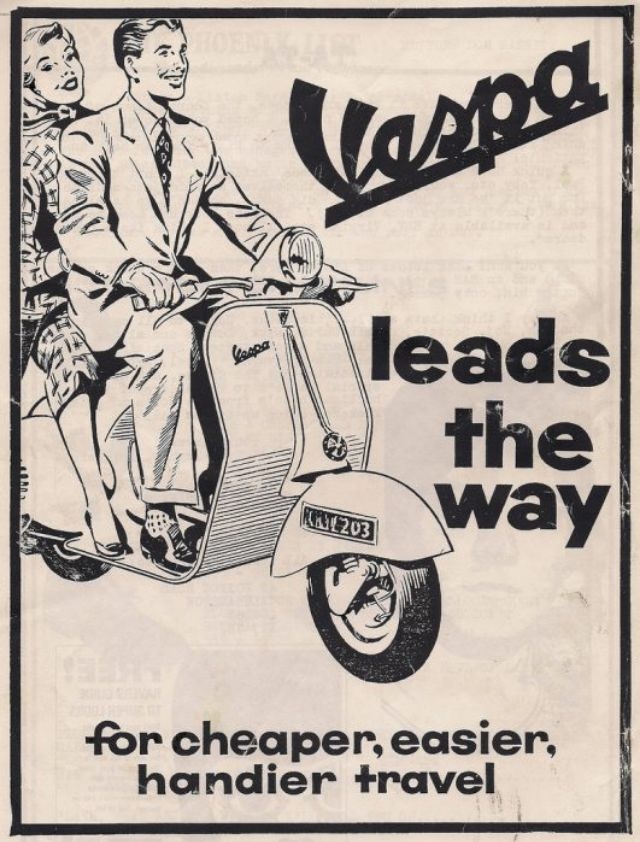
The formation of Vespa clubs around the world further cemented its legacy. These communities became more than just groups of enthusiasts; they were custodians of memories, gathering to celebrate the design, history, and emotional connection they shared with their scooters. Each Vespa was a vessel of stories—a companion on journeys, a witness to personal milestones, and a tangible link to an era when life moved a little slower and every ride was a cherished adventure.
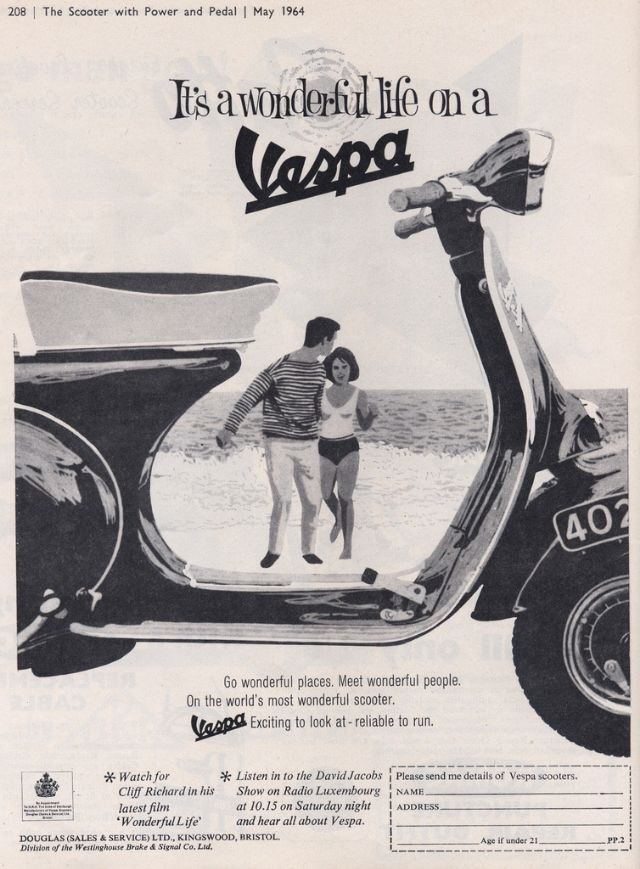
Embracing Nostalgia and Creating Golden Memories
For many, Vespa is not merely a mode of transportation—it is a repository of nostalgia, evoking memories of sunlit city streets, leisurely rides along the coast, and the simple joy of freedom on two wheels. Every scratch on its painted, pressed steel unibody and every dent on its protective cowling tells a story of journeys taken and moments savored. The scooter stands as a reminder that true elegance and practicality can coexist, offering both utility and the promise of an enchanting escape from the mundane.
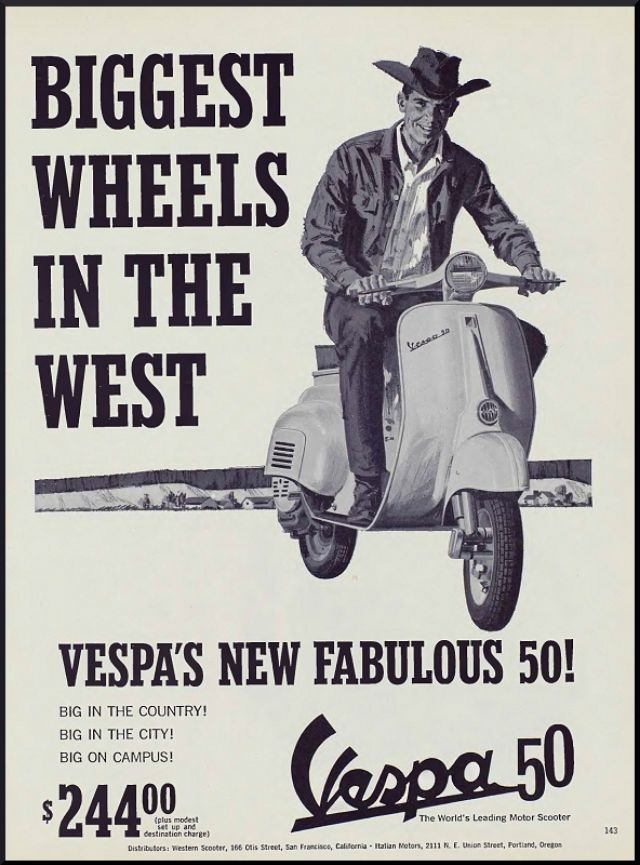
In today’s fast-paced world, the timeless charm of Vespa provides a welcome respite. Its enduring design, largely unchanged in essence over the decades, continues to inspire both new generations of riders and collectors who see it as a priceless piece of history. The nostalgic allure of Vespa is woven into the fabric of countless personal narratives, each one contributing to the grand tapestry of its legacy—a legacy that remains vibrant, relevant, and undeniably golden.
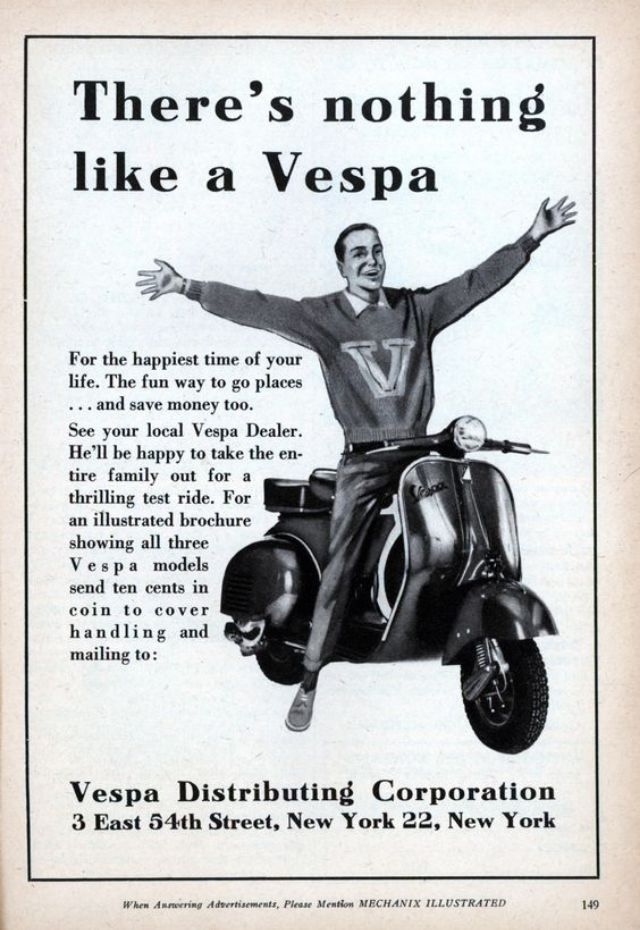


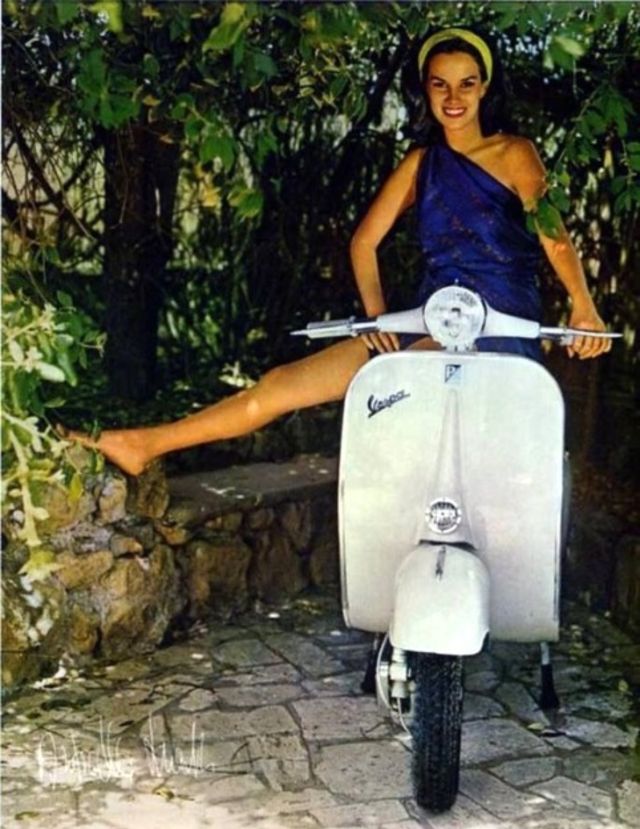

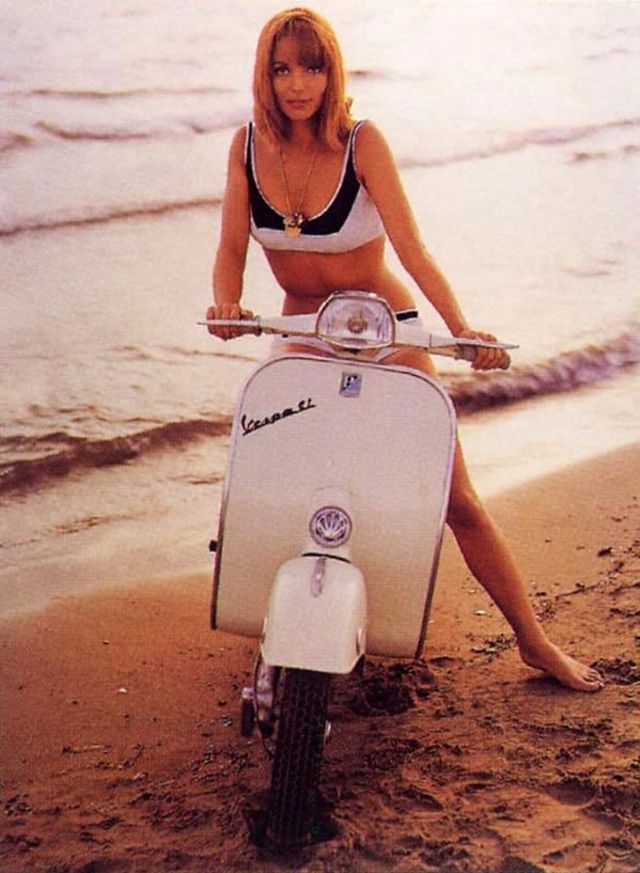
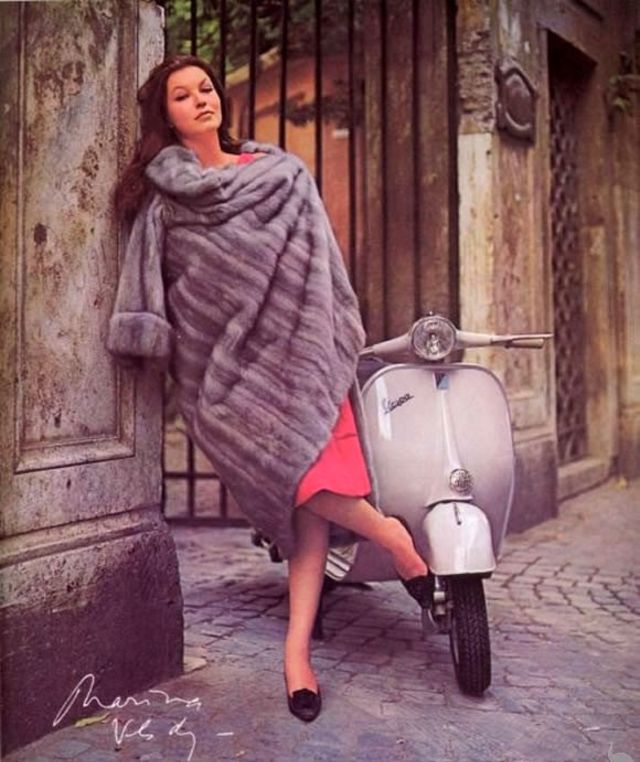
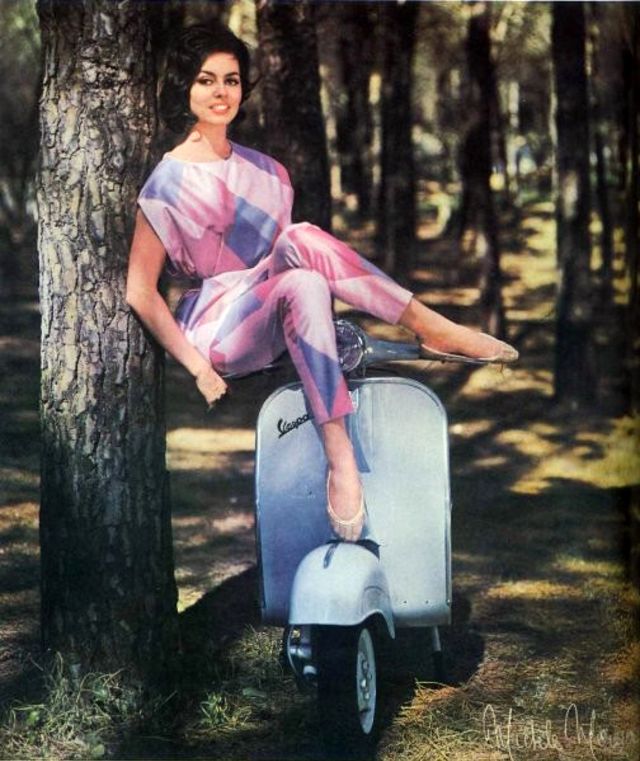
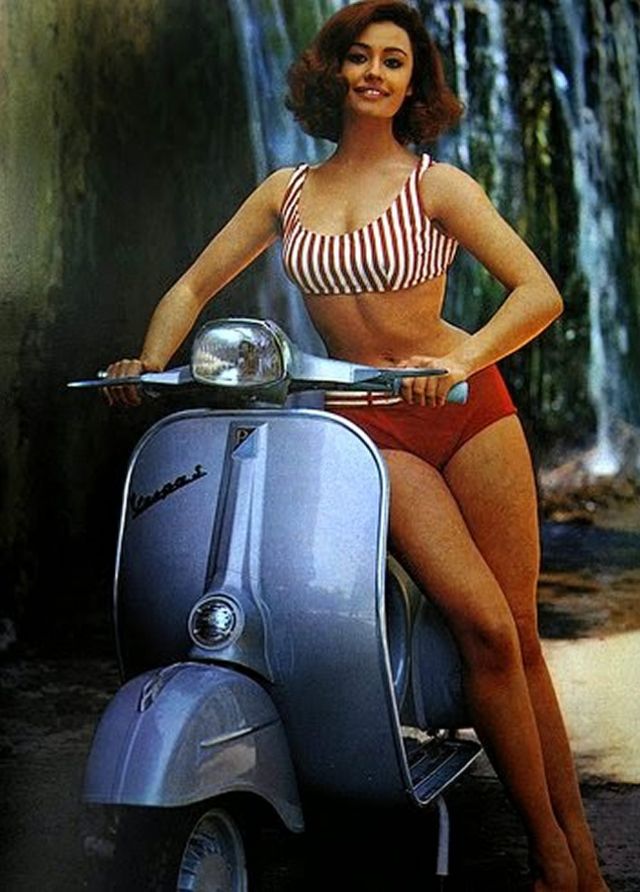
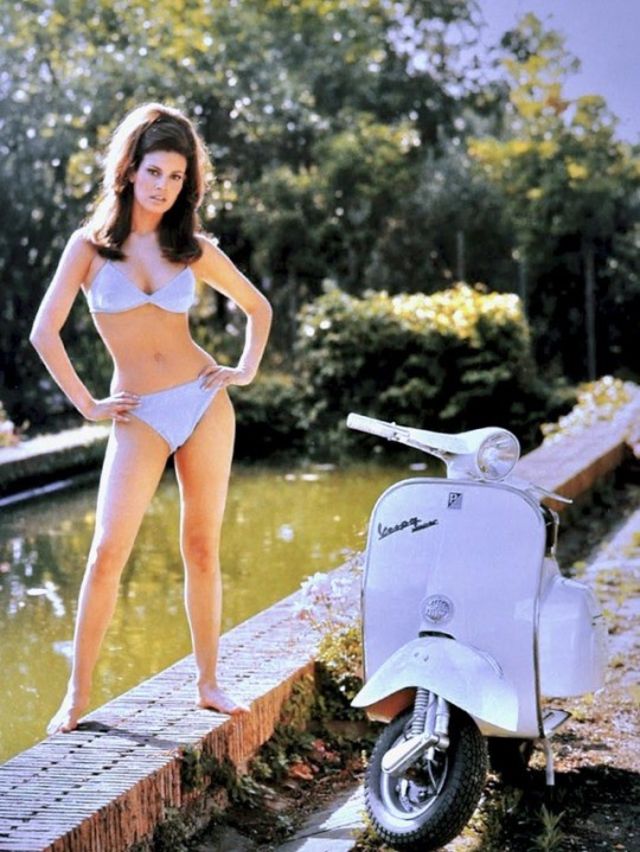
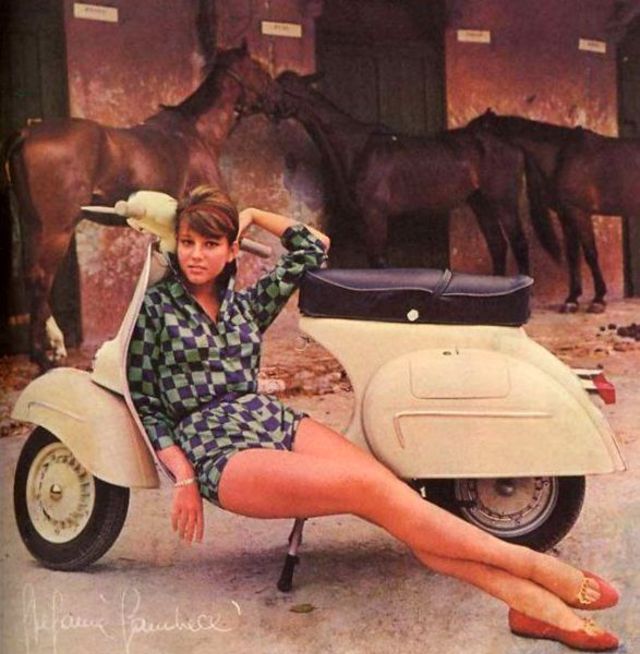
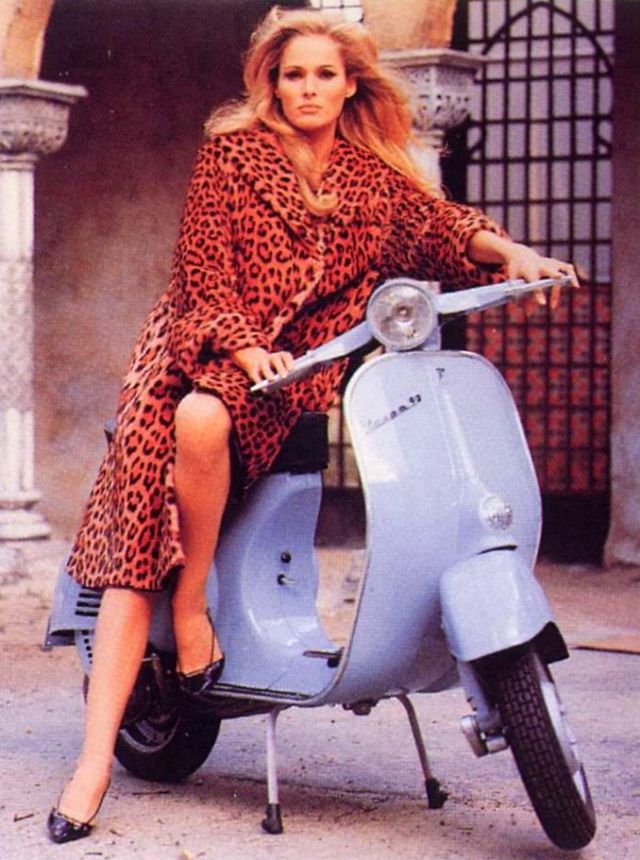
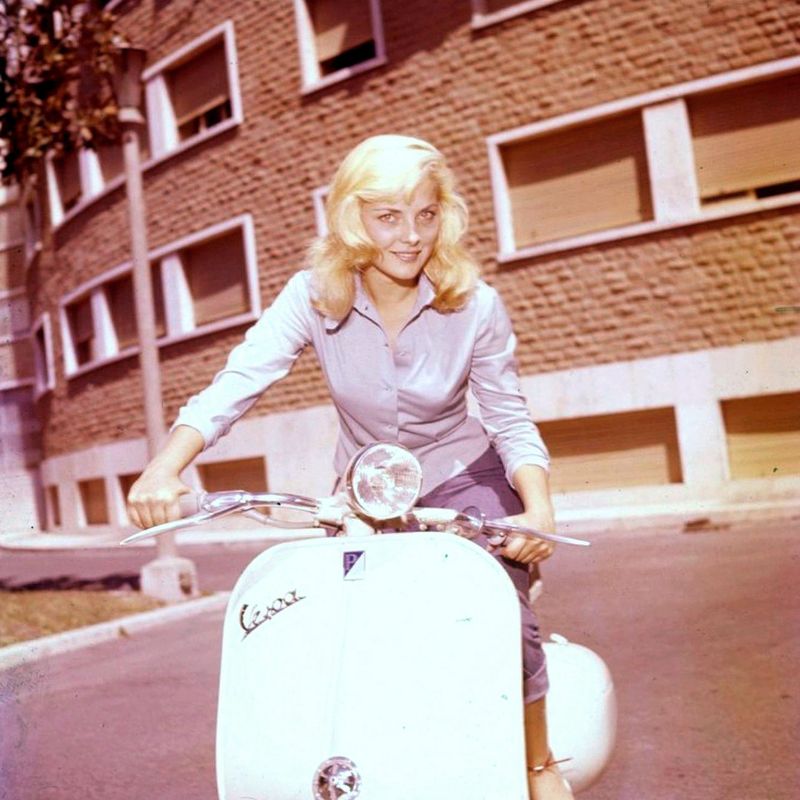
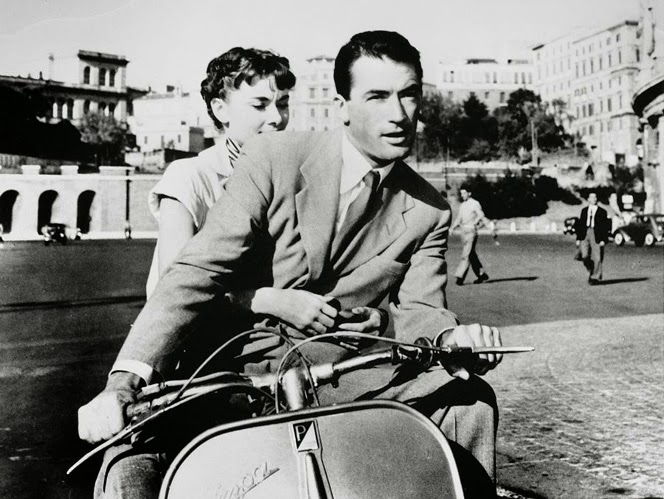
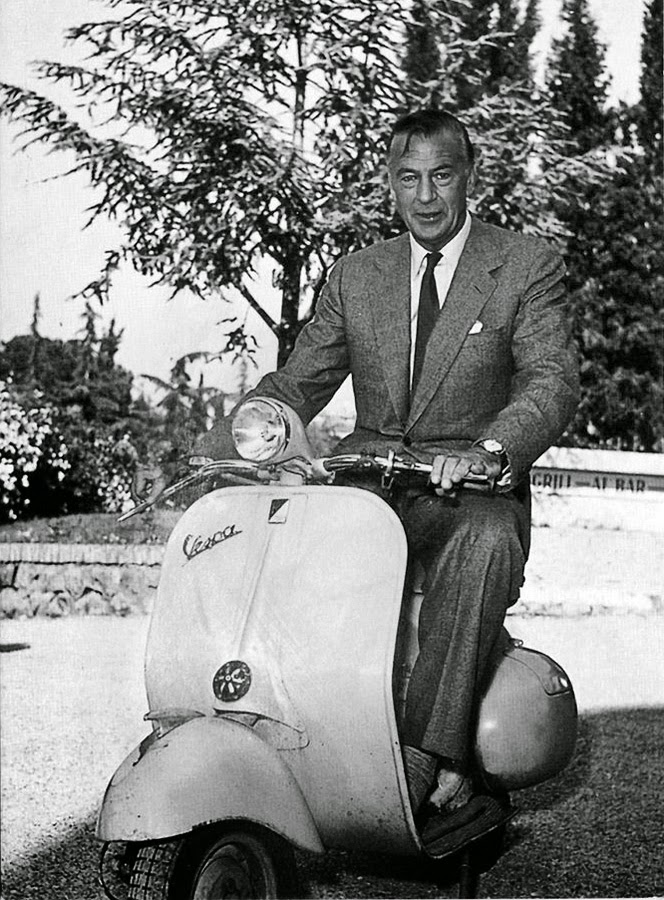
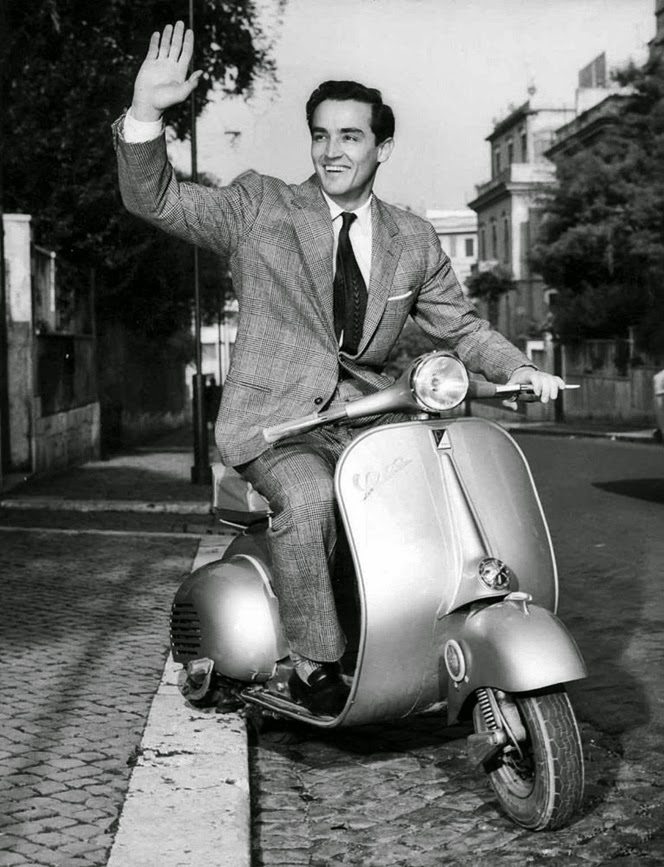
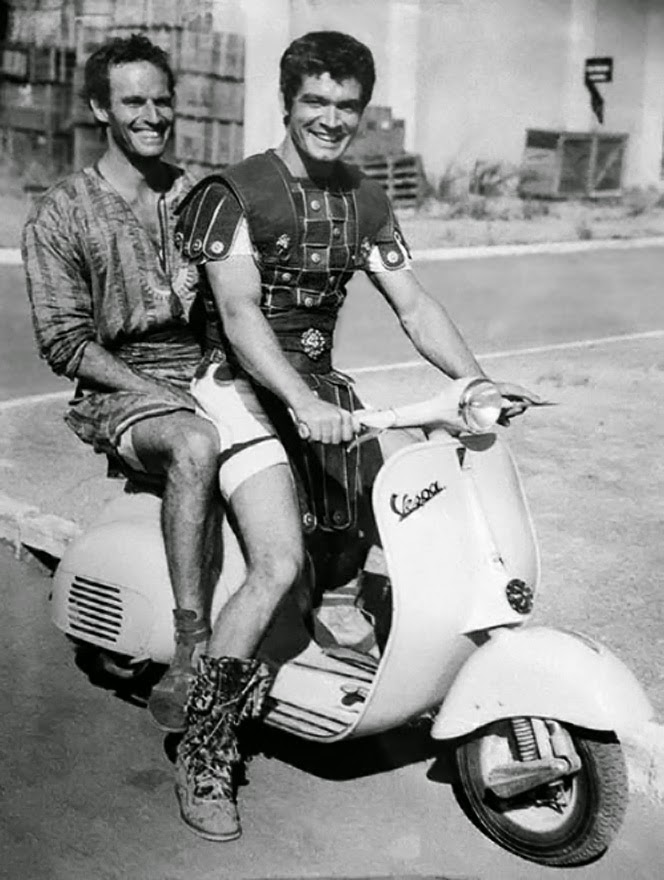

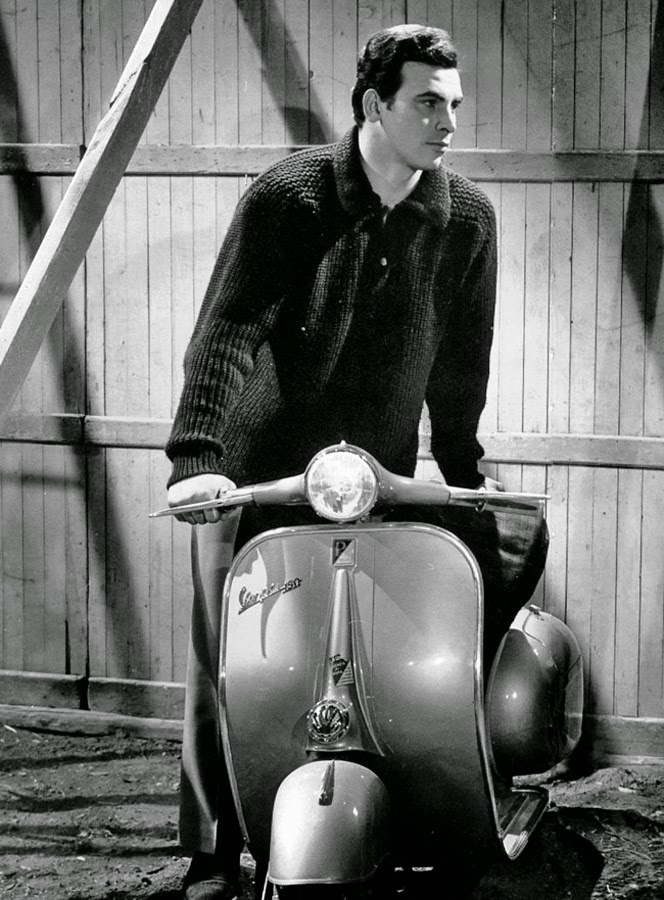
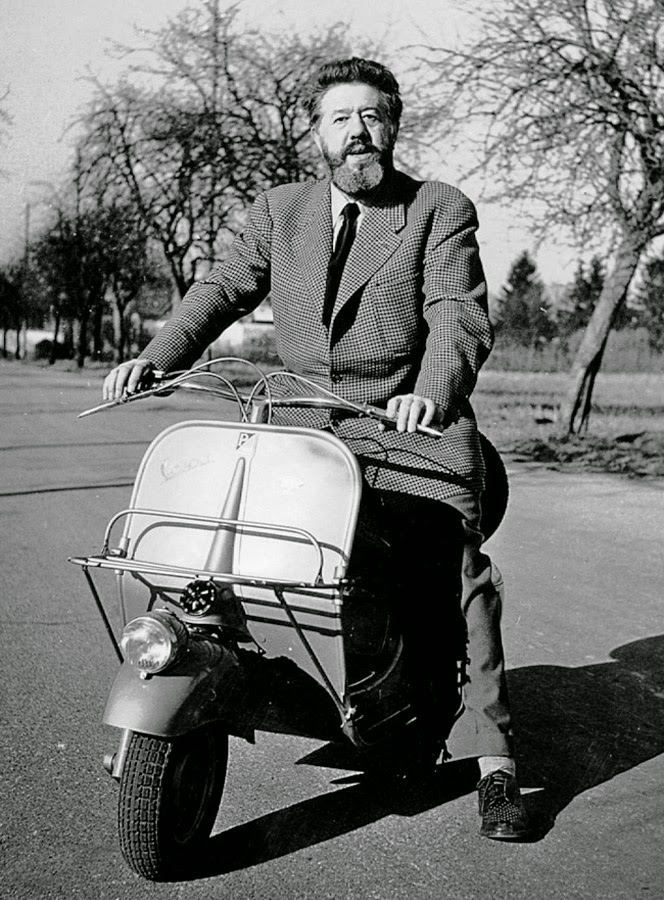

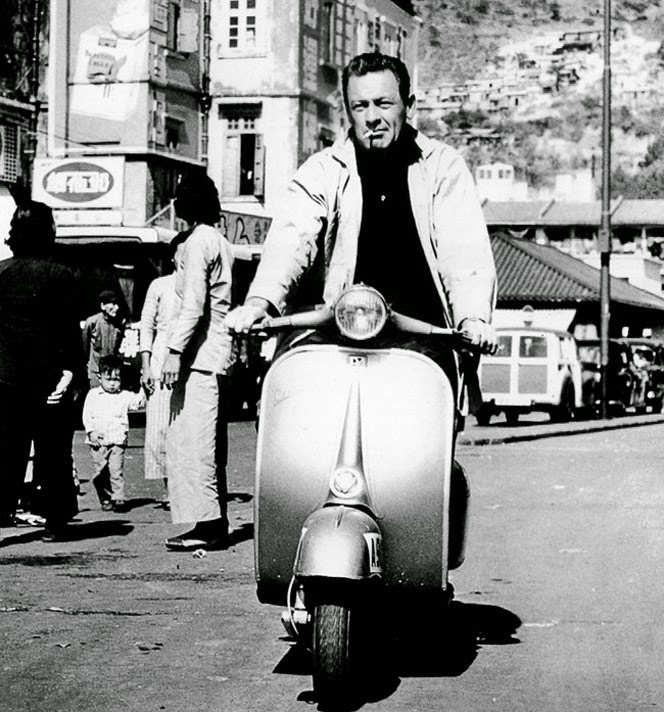
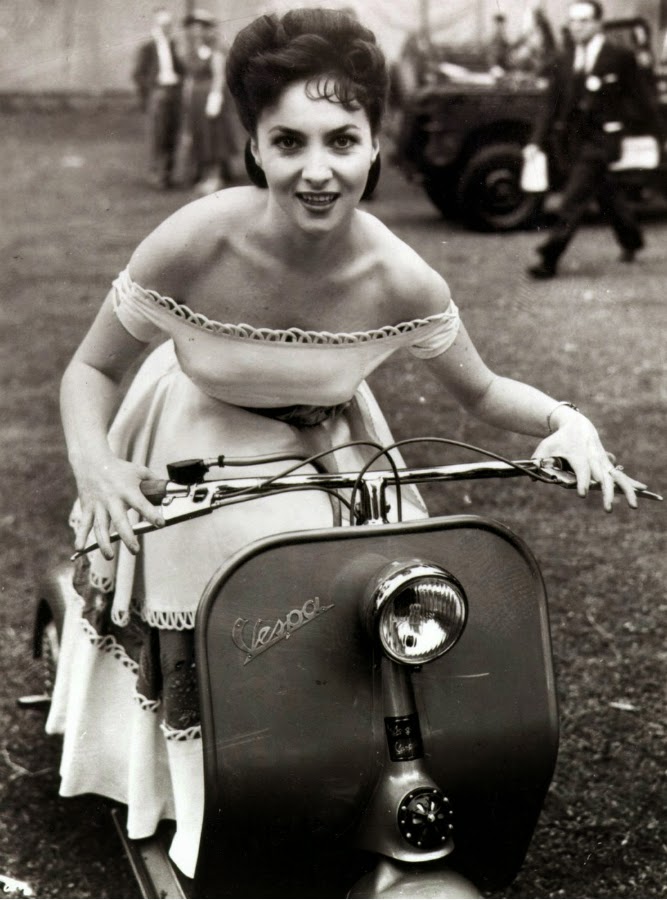
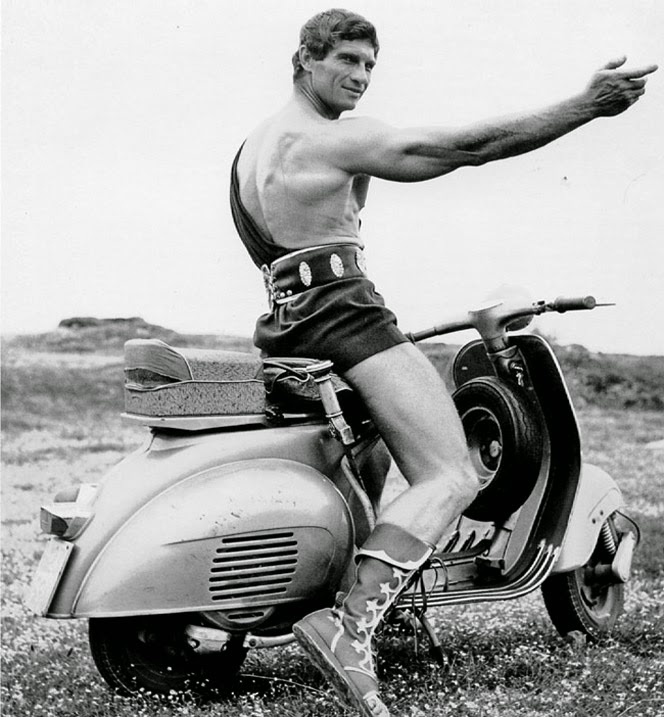
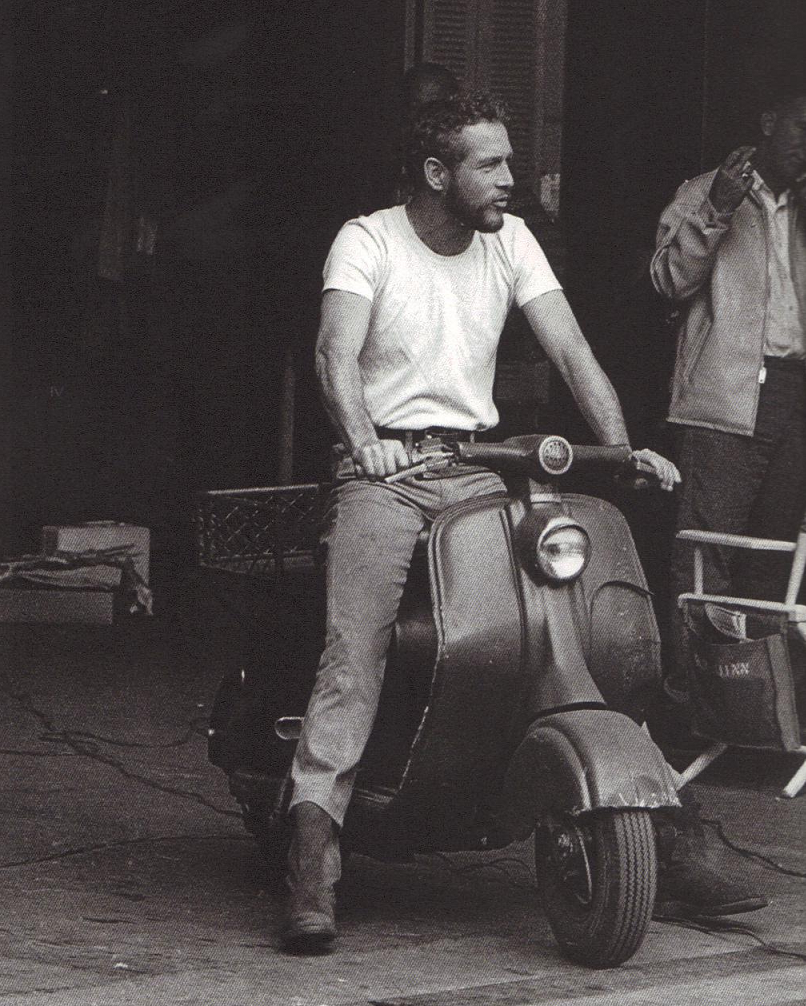
Video
Check out the video for a fun compilation of vintage Vespa commercials – a nostalgic ride through history!
As you reflect on the history and legacy of Vespa, remember that every ride is more than just a commute; it is an opportunity to relive the glory days of classic design and to create new memories that honor a truly iconic era. Whether you are a long-time enthusiast or a curious newcomer, the story of Vespa reminds us that some things never fade—they only grow more precious with time. In embracing the spirit of nostalgia, Vespa continues to inspire and evoke a sense of wonder, making every journey a timeless adventure.



